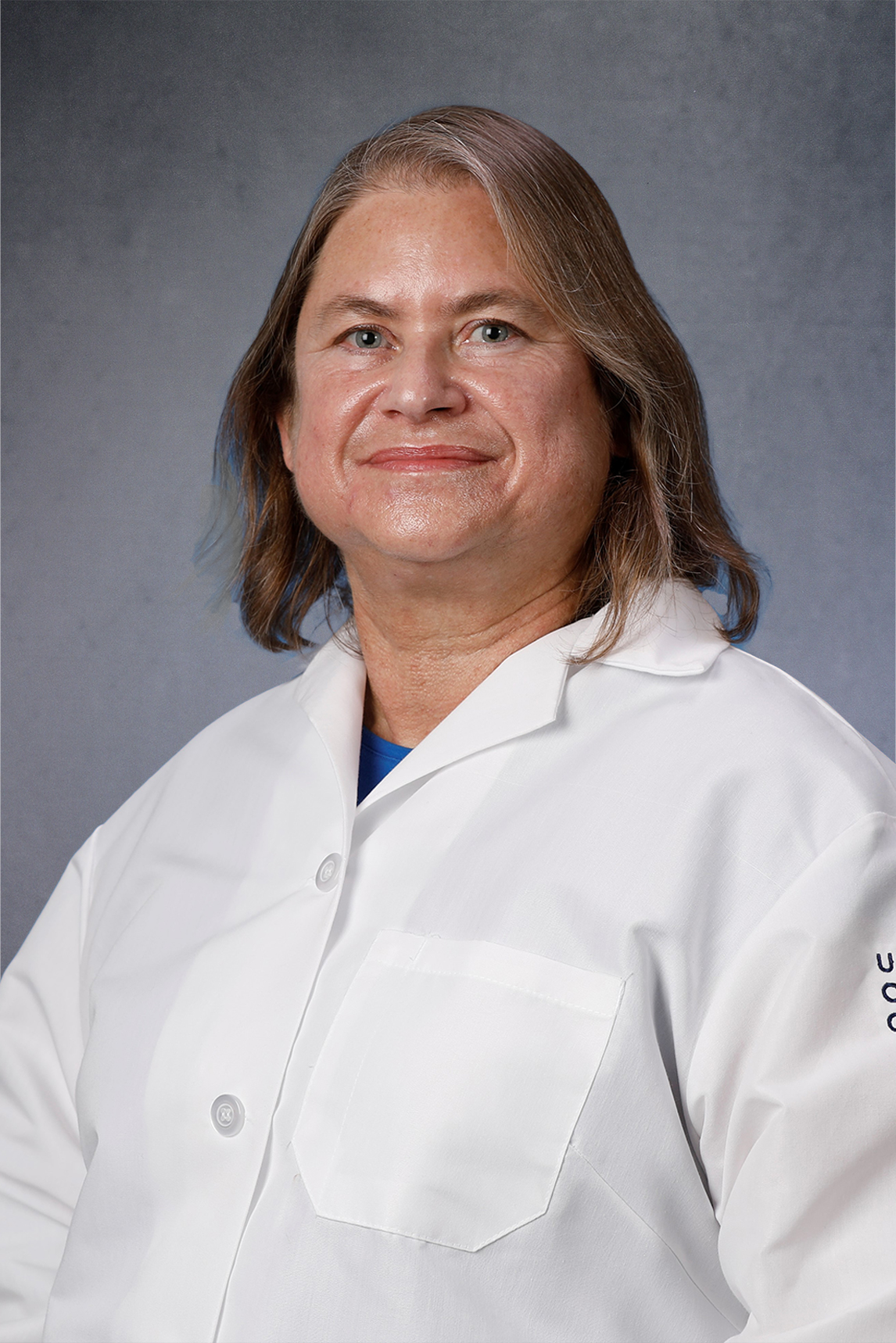Many forms of cancer can spread (metastasize) to bones, most commonly to the vertebral bodies of the spinal column. Over 230,000 new patients each year are diagnosed with these painful tumors, called metastatic lesions, which can often be debilitating and can lead to fracture and neurological problems. Comprehensive treatment for vertebral metastatic lesions commonly involves vertebral augmentation (vertebroplasty or kyphoplasty), which is injection of bone cement into the vertebral body, to relieve pain and stabilize the spine, followed by multiple sessions of radiotherapy to halt or slow tumor progression. Though necessary, each session of radiation can be associated with unpleasant side effects such as nausea, vomiting, diarrhea, fatigue, and/or burns to the skin. Unfortunately, the radiation to the tumor is often limited by the presence of the spinal cord nearby which can lead to inadequate radiation dose and tumor recurrence.
UCI Professor of Radiological Sciences Dr. Joyce Keyak and her collaborators are developing a new treatment that would combine vertebral augmentation and radiation therapy into a single treatment by adding 32P, a β-emitting radioisotope with a two-week half-life, to the bone cement that is normally injected during vertebral augmentation. The 32P is in the form of hydroxyapatite powder that has been activated by neutron bombardment in a nuclear reactor. Hydroxyapatite is inherently safe because it is the mineral that naturally gives bone its strength and stiffness. Vertebral augmentation with this bone cement would enable spinal radiation to be delivered from inside the bone, adjacent to the tumors to be treated, a form of radiotherapy called brachytherapy. The tumors would receive a higher radiation dose than conventional radiotherapy without irradiating the spinal cord.

MicroCT scan of a sheep vertebrae that had been treated with brachytherapy bone cement. These scans were performed in the laboratory of Professor Jogesh Mukherjee in the UCI Department of Radiological Sciences.
Dr. Keyak performed an initial in vivo study to test the safety of brachytherapy bone cement in sheep which have spinal anatomy similar to that of humans. The goal was to address key dosimetry and safety questions prior to more extensive studies. Dr. Keyak and her collaborators treated three control ewes and three experimental ewes with brachytherapy bone cement containing 2.23 mCi 32P/mL to 3.03 mCi 32P/mL to determine if 32P leaches from the cement and into the blood, urine, or feces, to identify unexpected adverse effects, and to evaluate the effect on the adjacent bone. The sheep were followed for 23 weeks, well after the radiation had decayed. They found that the blood, urine, and feces of the sheep did not contain detectable levels of 32P, and that the sheep did not experience any neurologic or other adverse effects from the brachytherapy bone cement. Examination of the vertebrae using microCT scans (Figure 1) showed that, unlike bone that receives conventional external radiation and rapidly becomes lower in density and is prone to fracture, the bone irradiated with brachytherapy bone cement increased in density.
These results demonstrate, on a preliminary level, the relative safety of this brachytherapy bone cement and support additional development of brachytherapy bone cement. Dr. Keyak plans to bring brachytherapy bone cement to clinical use so patients can benefit from improved quality of life, without the side effects of conventional external radiation therapy, while simultaneously strengthening the vertebra and treating metastatic lesions in the spine.

Dr. Joyce Keyak, PhD
UCI Professor Radiology, BME, & MAE

